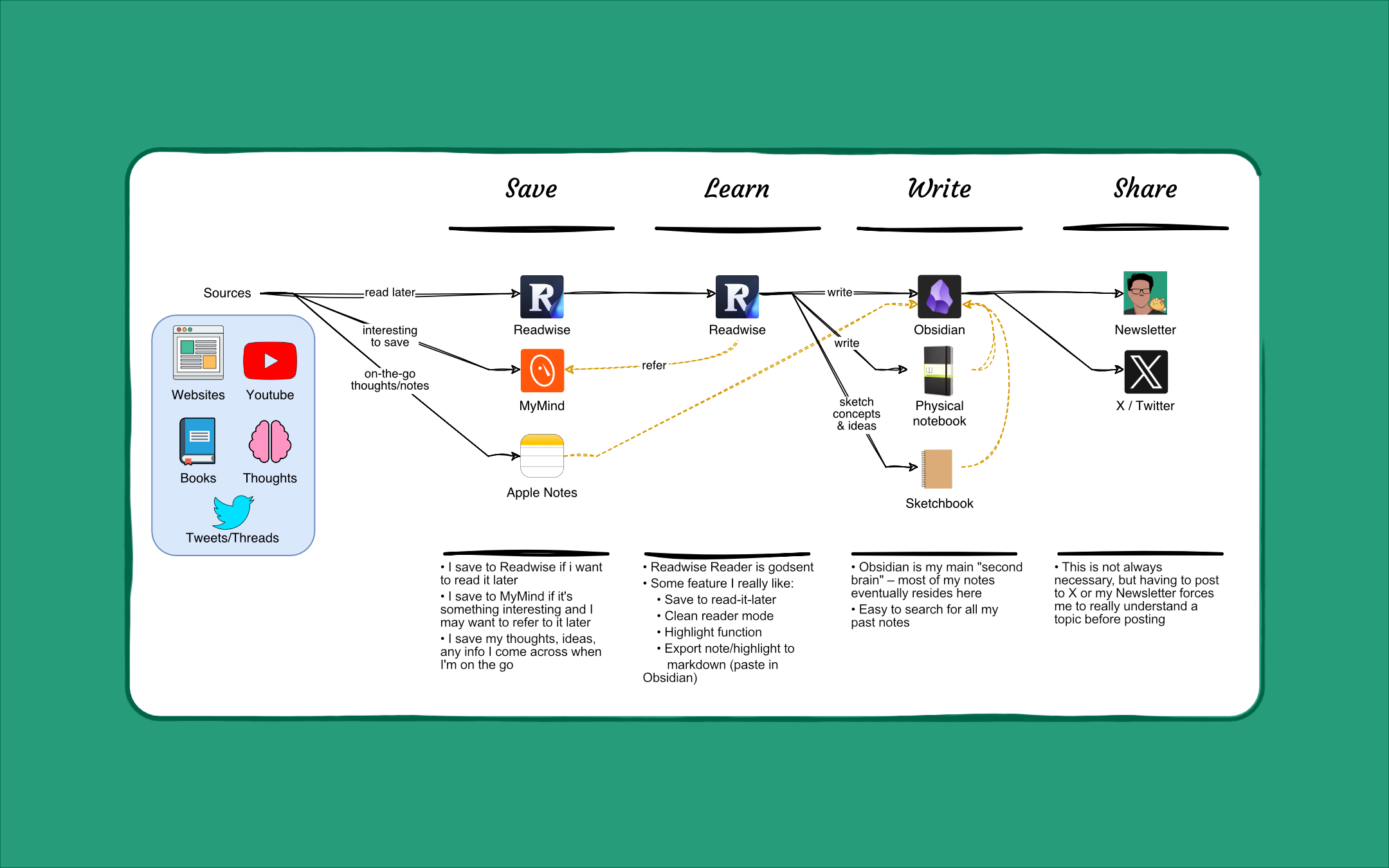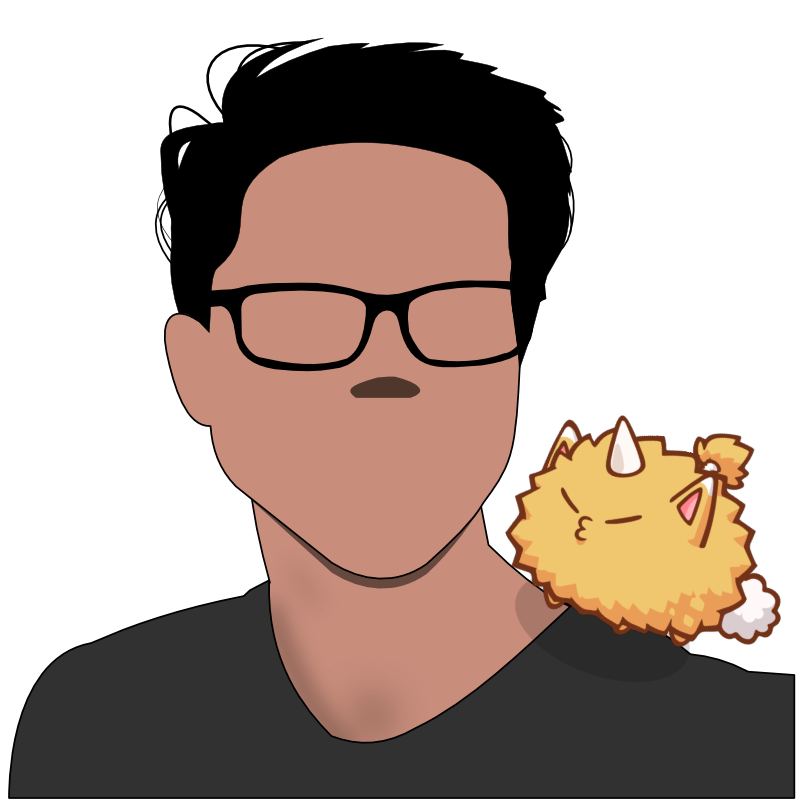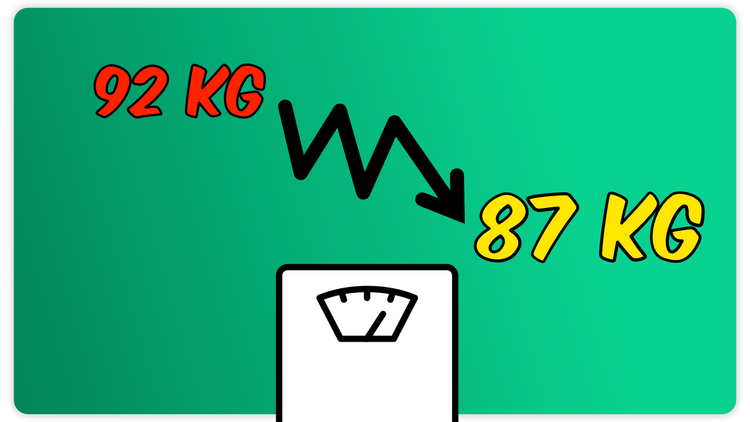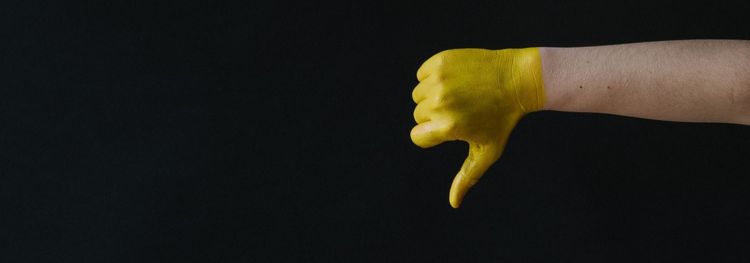How to Retain Information Better?
How much information are we consuming everyday?
TOO DAMN MUCH!

Here are some stats from a study by Heyday.
In 2022, we consume an average of:
- 1,900,000 words
- 300 articles (and come across 1,600 of them)
- 9888 pages
- 18 tabs open at a time
What's worse, we do not retain most of the information we come across. (I mean, we only really read 1 out of 5 articles that we come across)
This is madness! How do we manage this?
Enter PKM:
Personal Knowledge Management.
PKM is the process of collecting, organising and storing information.
The goal is to access them easily, use them to learn and be more productive.
•••
Tiago Forte recently popularised his PKM method, CODE:
- Capture – saving the information
- Organise – categorising the information
- Distill – reading/processing/writing the information into knowledge
- Express – Sharing the newfound knowledge
As good as the structure is, remember that PKM is a concept, not a fixed framework. That said, CODE is a good starting point.
I modified a couple of steps to fit my workflow.
Here's how I do it (along with all the tools I use):

1. Save
When coming across articles, I either choose to read now or later.
- To read later, I save to Readwise Reader
- To keep interesting things (tweets/photos/etc), I save to MyMind
- To record my thoughts on the go, I use Notes App on my phone – or my physical notebook if I have it with me
I do not organise my folders or notes. Instead, I give them relevant tags that I can search for later.
I try not to read articles as I find them. I'll save them to Readwise and close the tabs. I feel more focused and in control that way.
2. Learn
This is when I consume the information intentionally.
- I highlight and write notes on important points in what I read.
- I then export them to my notetaking app, Obsidian.
- Readwise allows me to do both above easily.
- It also allows me to export all my Kindle highlights to the app automatically.
For YouTube videos, I use Glasp. They allow me to copy the transcription, which I then paste into Obsidian. I'll then go through the video on YT while highlighting points in the Obsidian app.
3. Write
There are 2 reasons for me to write:
- To process the information
- To share the knowledge
To truly absorb the information, I'll take time to write down notes either digitally or physically or both.
Most of the time, I'll also need to draw diagrams to make sense of the information I read. My favourite ones are Venn, flow charts, matrix and relational diagrams.
Here are the tools I use for my writing process:
- Obsidian app
- A notebook
- A sketchbook
I also draft and edit my posts in Obsidian. Its note-linking feature is great for referencing. I can also tag my notes to find and sort them whenever I need to. The split view function also works great for referencing.
4. Share
Finally, sharing knowledge.
It's completely okay not to share everything you learnt. I do the same a lot of the time. Like that time I learnt how to Vtub... I mean streaming. 😅
Sharing doesn't have to be in written media only. Videos, podcasts, and even talking to your family or friends are considered sharing.
When we share, we'll know whether we truly understand a topic or not.
For me, I post to these platforms of choice:
- My blog/newsletter (putra.cc/newsletter)
- X or Twitter
•••
And that's how my PKM system is set up.
Before we end, I need to let you know the most important thing:
DON'T OVERCOMPLICATE
We tend to over-engineer processes, and that often hinders us from being productive.
The same with PKM.
Start with what you are already using. Adjust or add a little bit to your workflow. In time, you'll build a process truly tailored to yourself.
Congrats!
Not only do you know how to collect and store information, you also learnt how to use and turn them into knowledge!






Member discussion